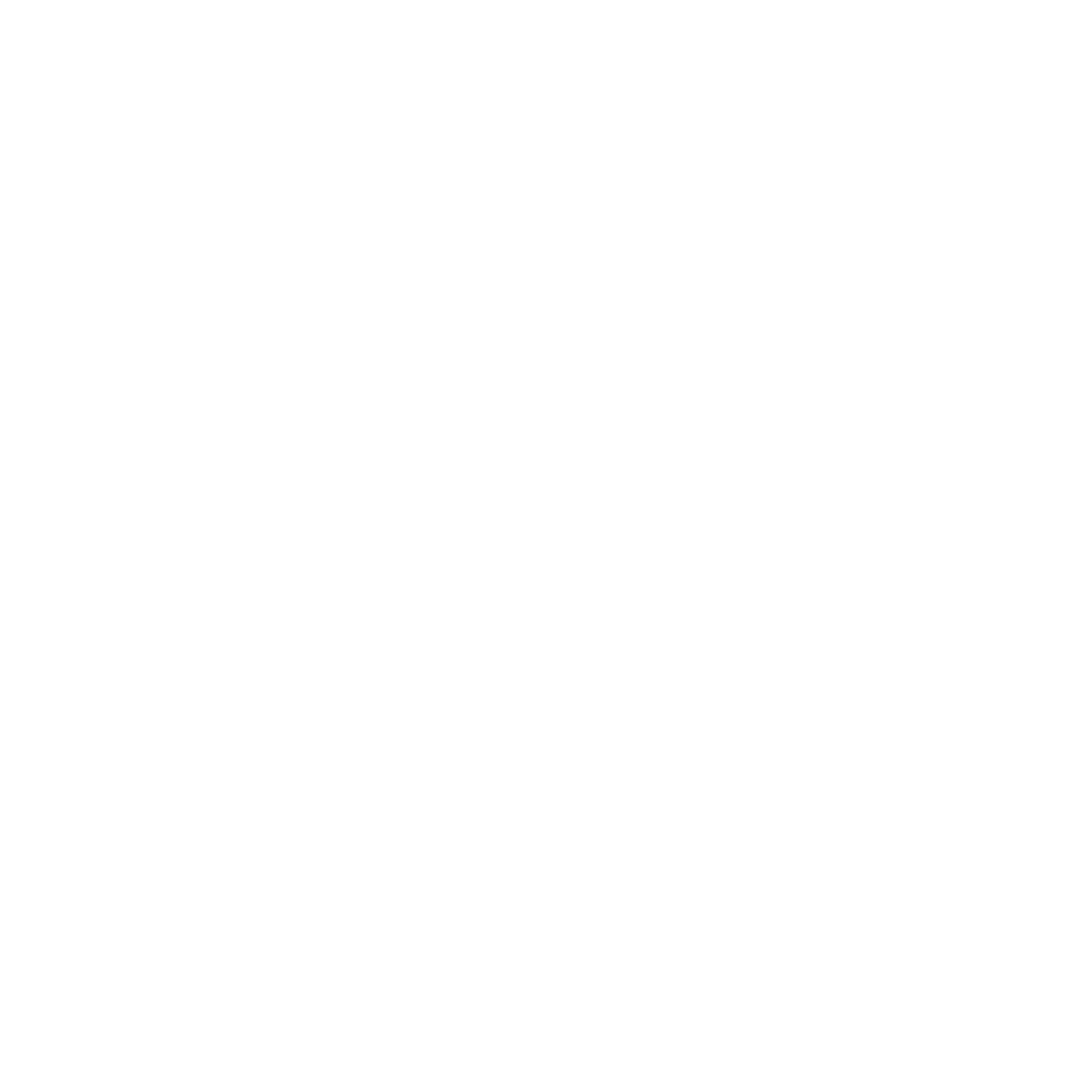
To find Japanese language textbooks, try these subject headings:
Alternatively, you might copy and paste with the following keywords into our library Catalogue:
Japanese AND Textbook*
Japanese AND Spoken
Japanese AND Grammar
Note: * will pick up variations, eg, textbook, textbooks, which will allow you to search for multiple words in one go.
If you are looking for readers, the East Asian Collection (level 4, ERC library) has bilingual series. To find readers, please try these hyperlinked subject headings:
These stories are simple and are easier to follow, even if everything is in hiragana and it's hard to tell where the words begin and end.
Have a look at this series of folktales: Manga Nippon Mukashi Banashi
There are as many as 50 of these, and they are based on a cartoon version on television. In fact, many are up on YouTube - read the book (Taue jizo, UniM ERC EA PZ49.2 MANG 1980 v.8 JPN) and then watch this 10 minute YouTube clip or try some of other titles from these YouTube clips.
These are generally real books, but with furigana (the reading) of each kanji next to it. Try this series of famous stories:
Nijūisseikiban shōnen shōjo Nihon bungakukan (UniM ERC EA PL755.55 NIJUISS 2009 - there are 20 volumes altogether)
Even if you can't read all the text, the images will provide you with context clues to help with your reading.
See what's on the shelves at: UniM ERC EA PN6790 xxxx.
If you are looking for any Japanese movies, try searching with this subject heading Motion pictures, Japanese.
You can also try our streaming video database Kanopy, which contains movies and documentaries from around the world.
The Nihongo Noryoku Shiken (Japanese Language Proficiency Test / 日本語能力試験・にほんごのうりょくしけん)is held each July and December and is a useful way of gauging how good your Japanese is. The test is administered from Japan, and you are one of hundreds of thousands of students taking the test all around the world.
The test has changed format from 2010. Previously the levels were 1 (near-native, used for entry to a Japanese University) to 4 (basic). Now they are N1 (most difficult) to N5 - see here for more details.
The JLPT website offers sample questions, details of where the tests are held, and suggestions of books to practice from. The Japanese Collection has some of these books, which include CDs for listening comprehension exercises. Search the catalogue for "noryoku shiken" as a keyword and find the books which have N1, N2, N3, N4 and N5 in the title. The books using the words 1-kyu, 2-kyu, etc are the older ones, and still might be good practice.